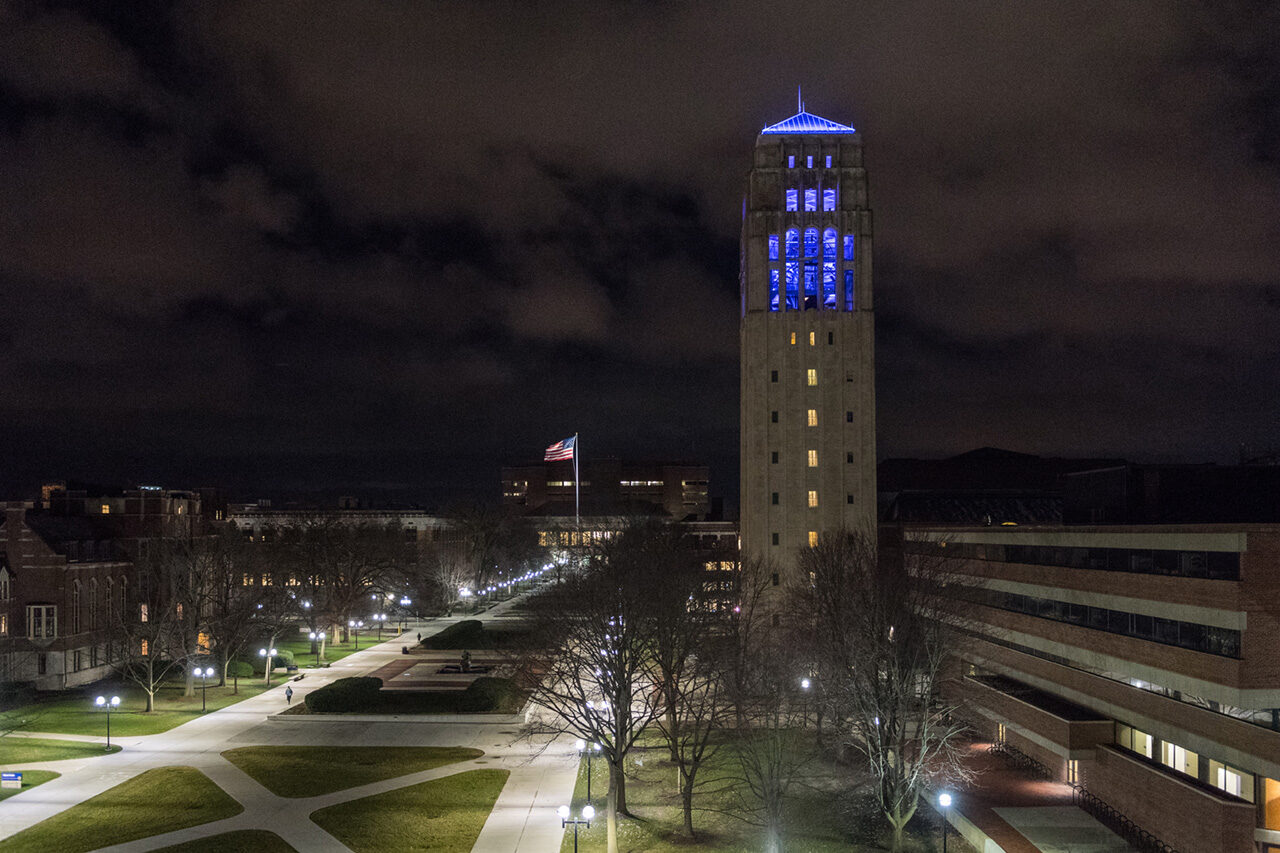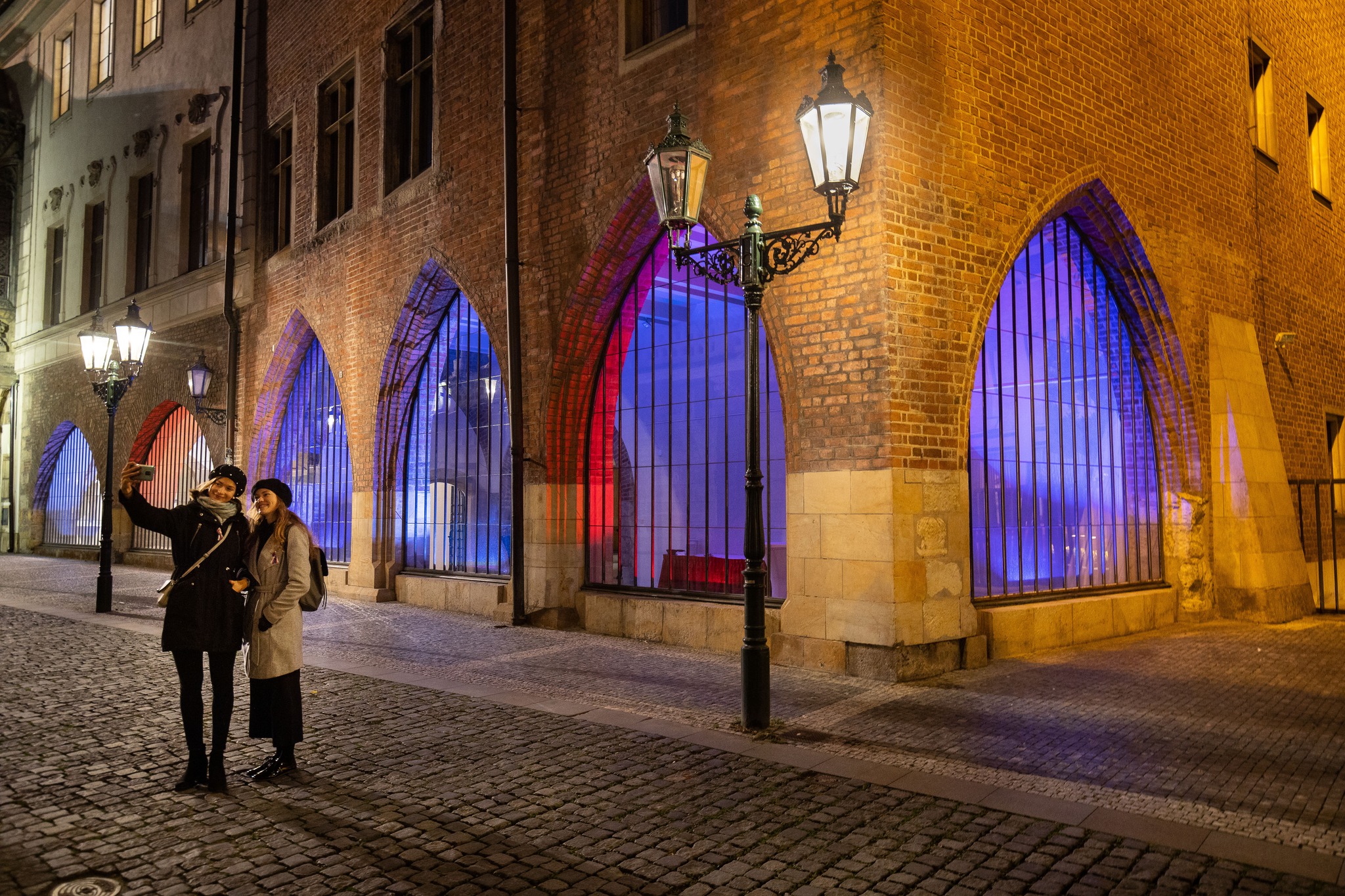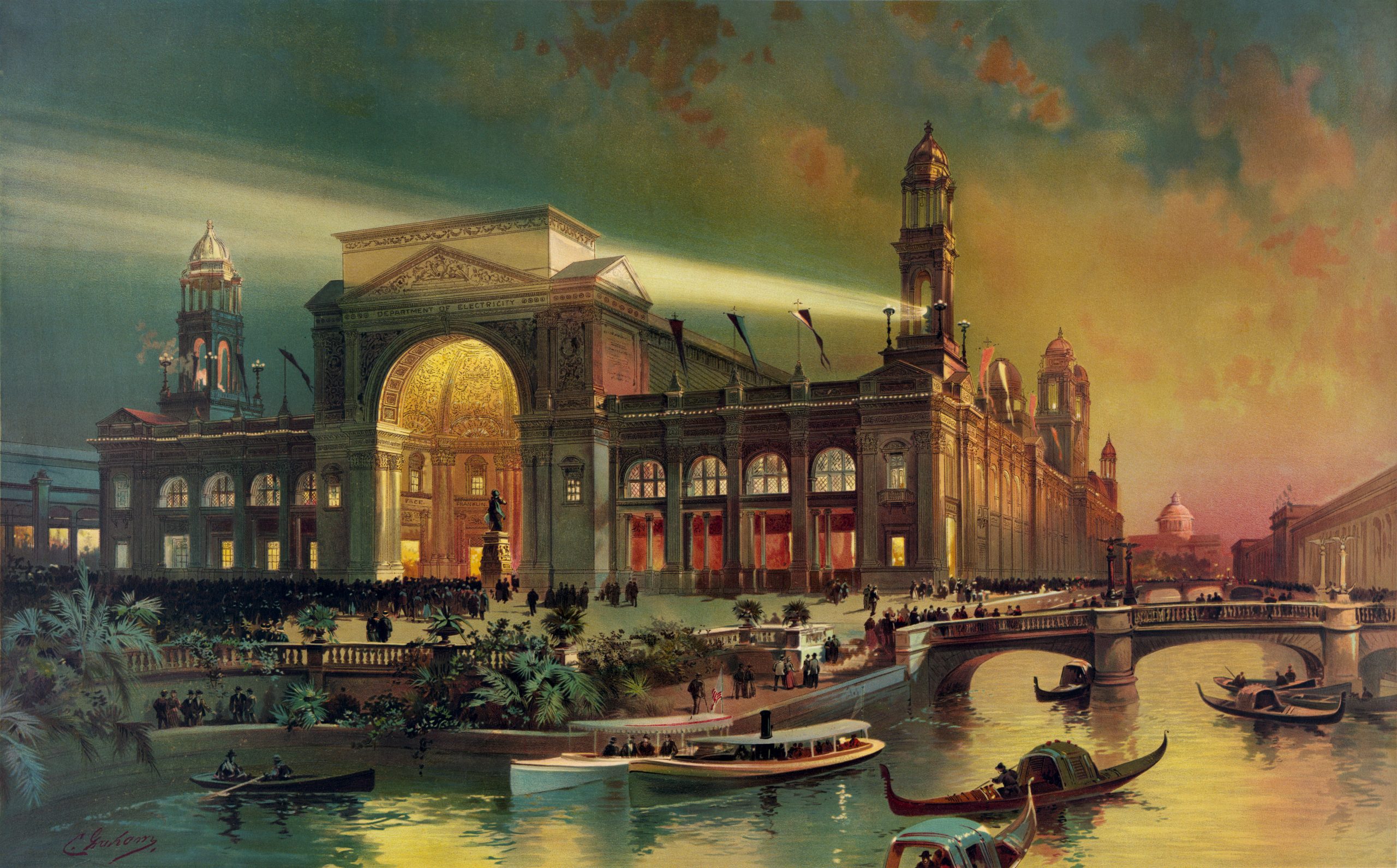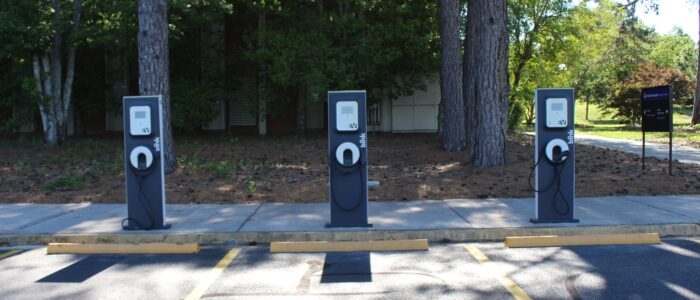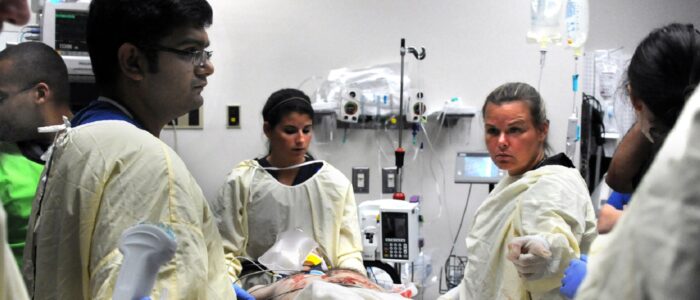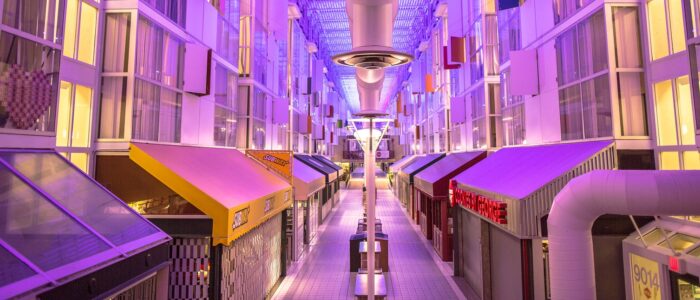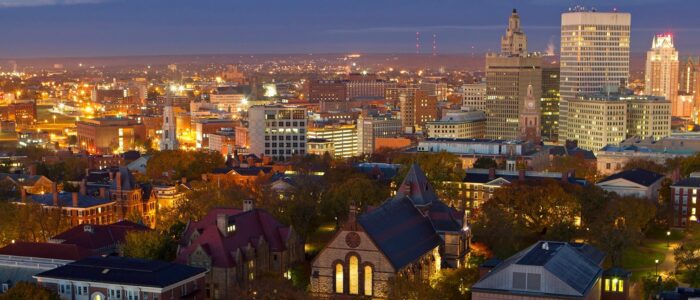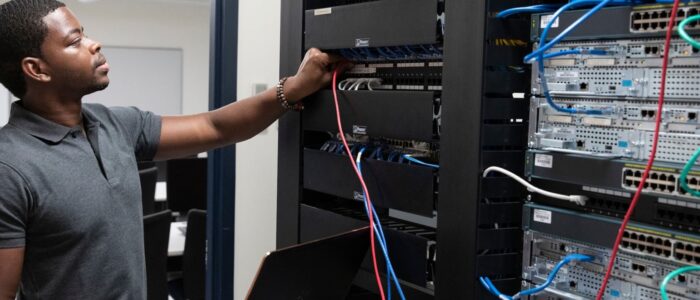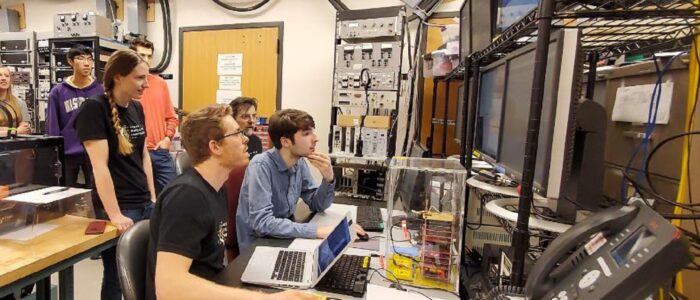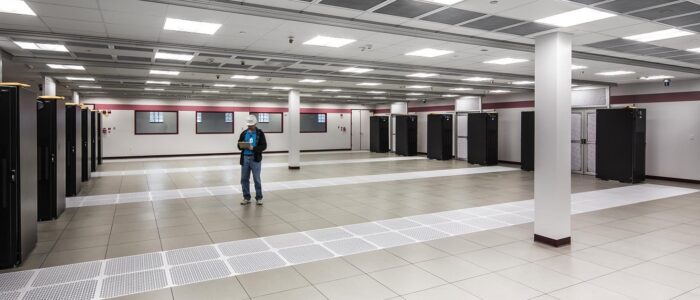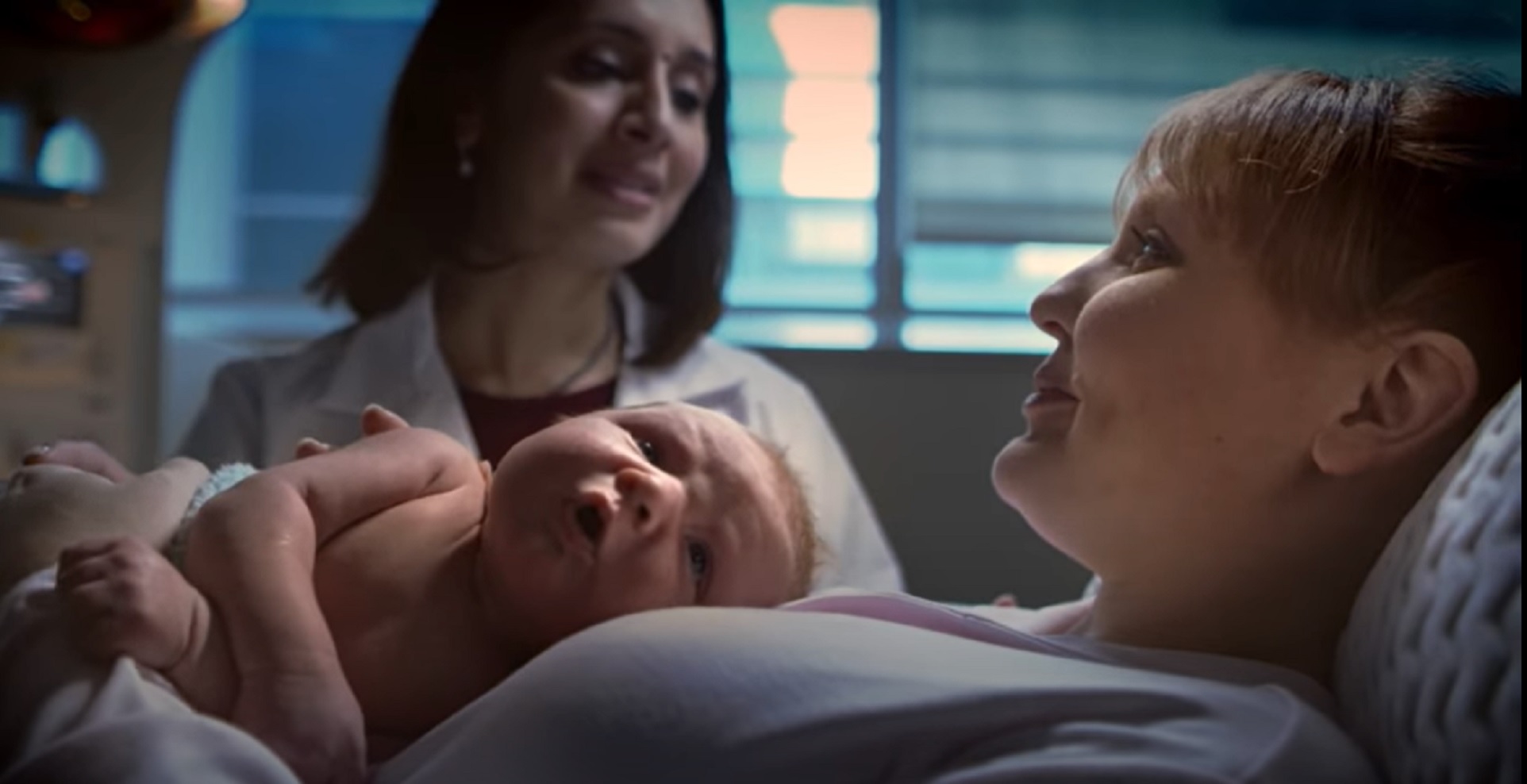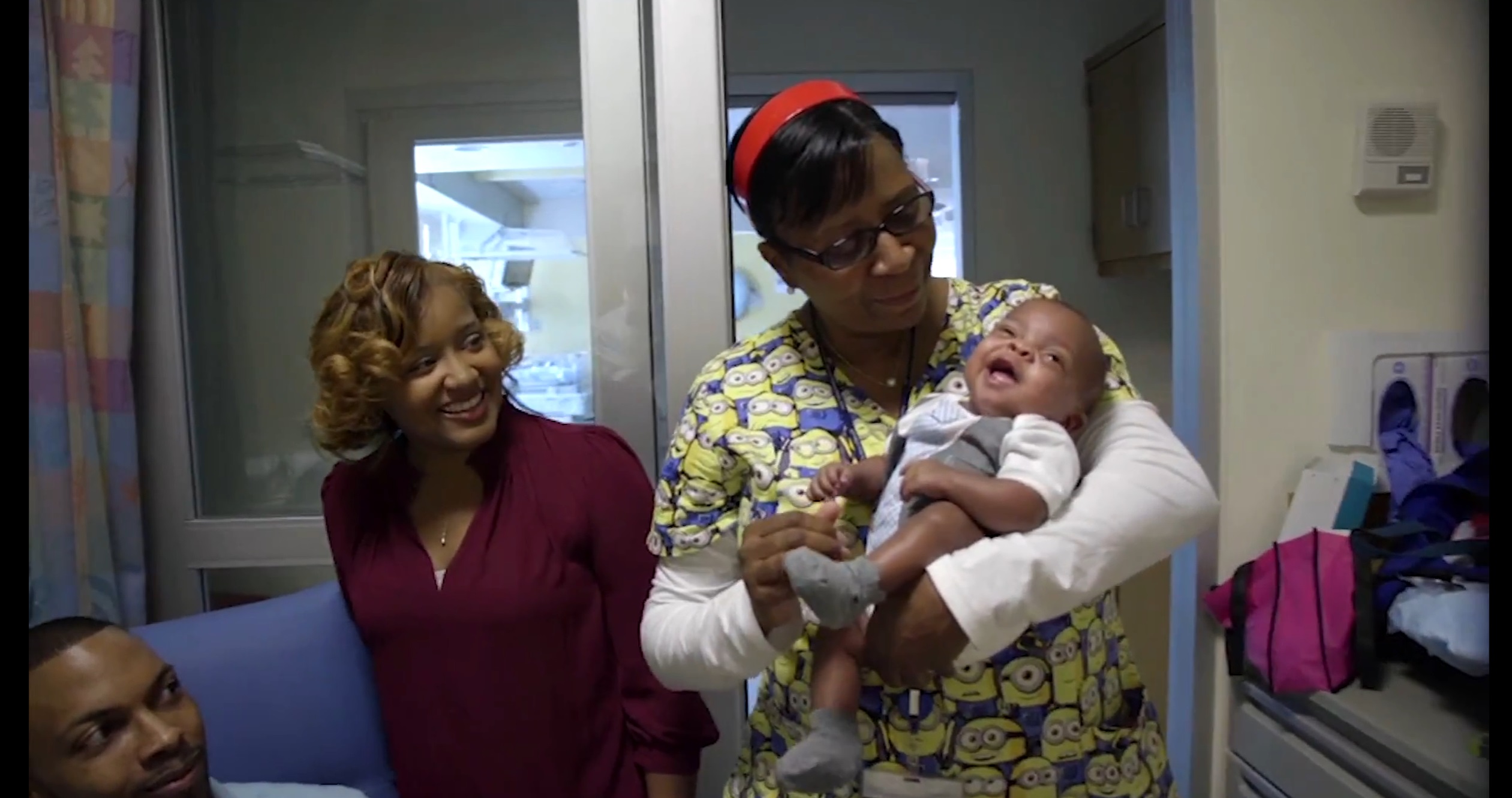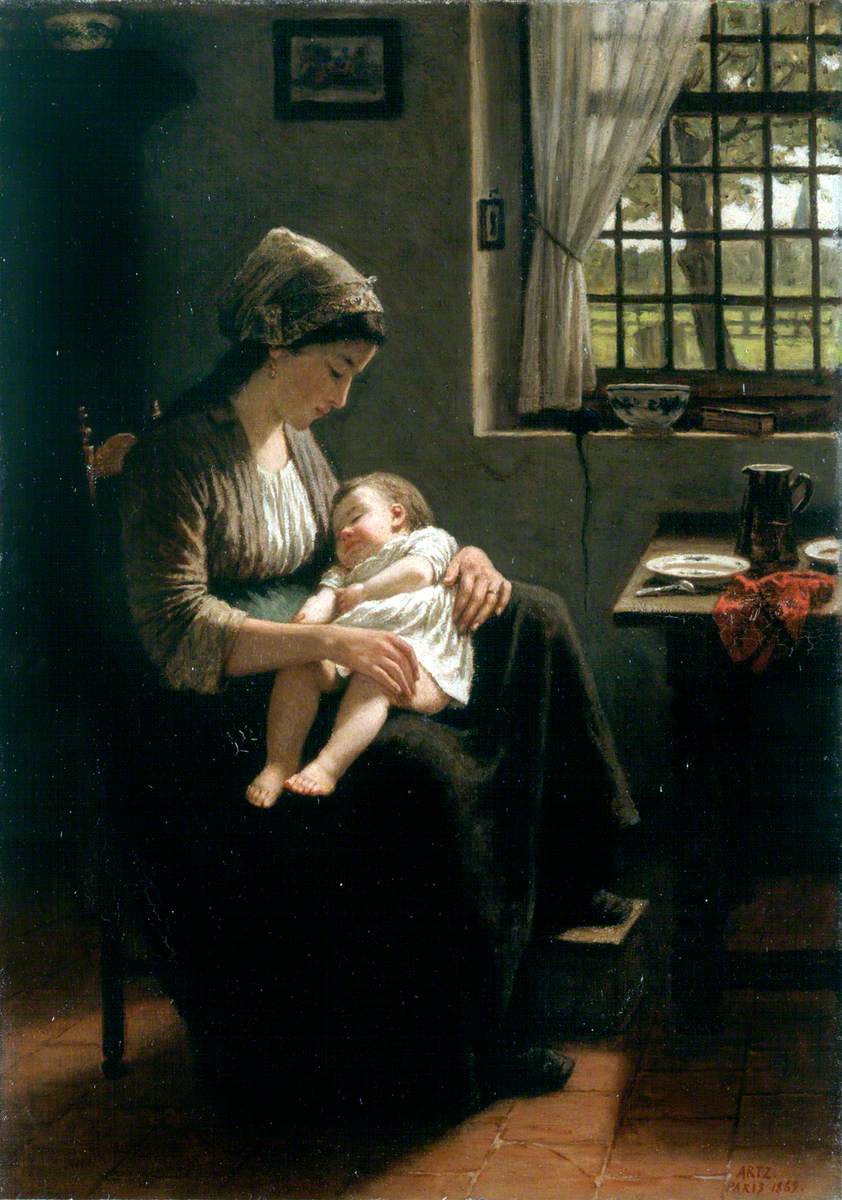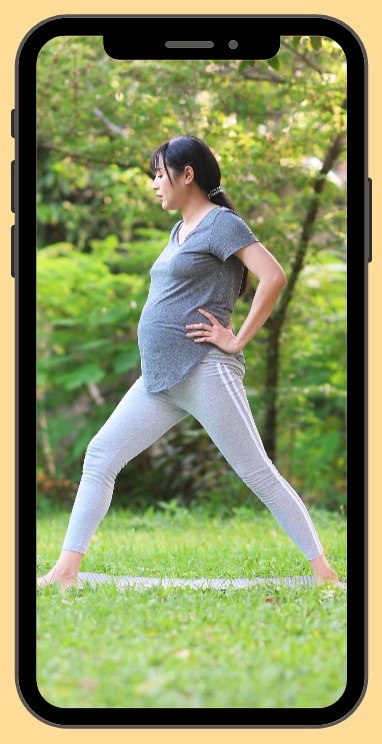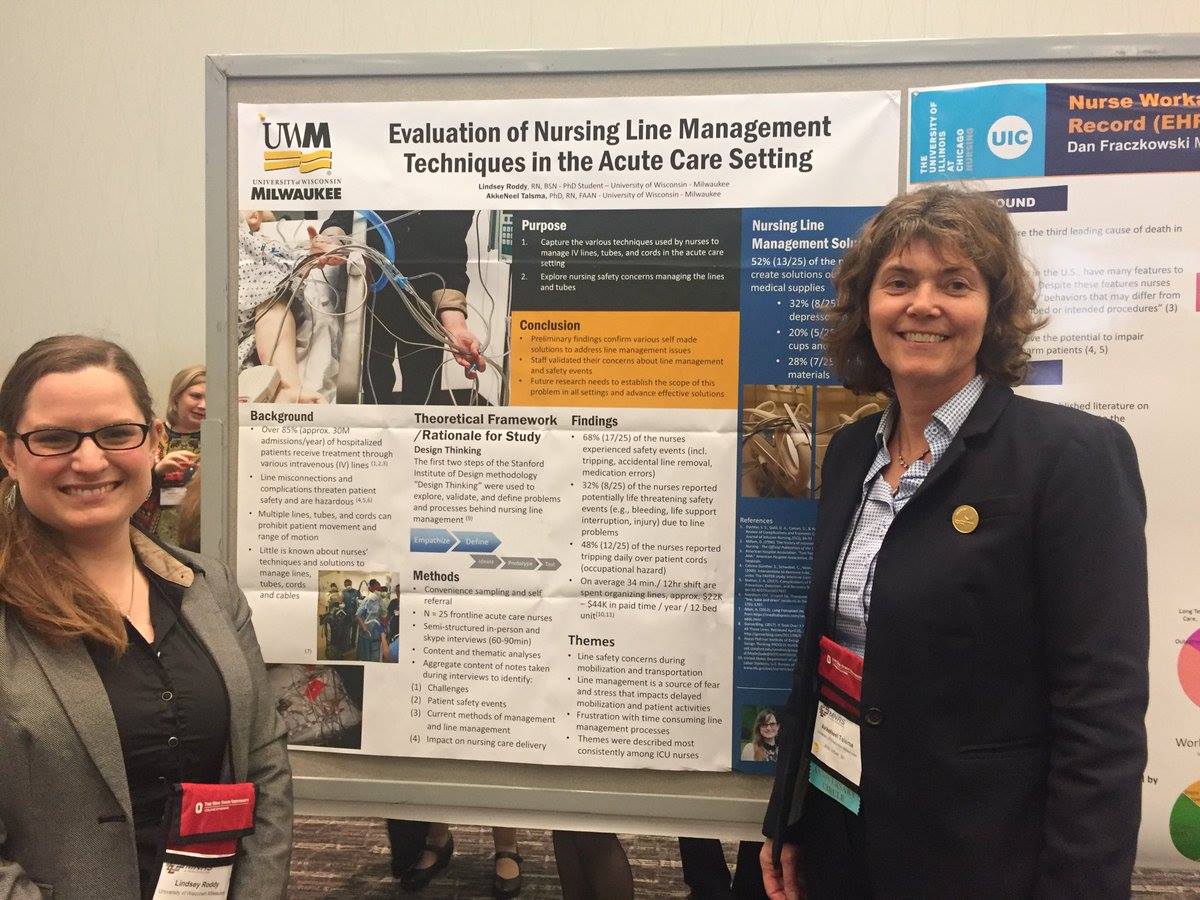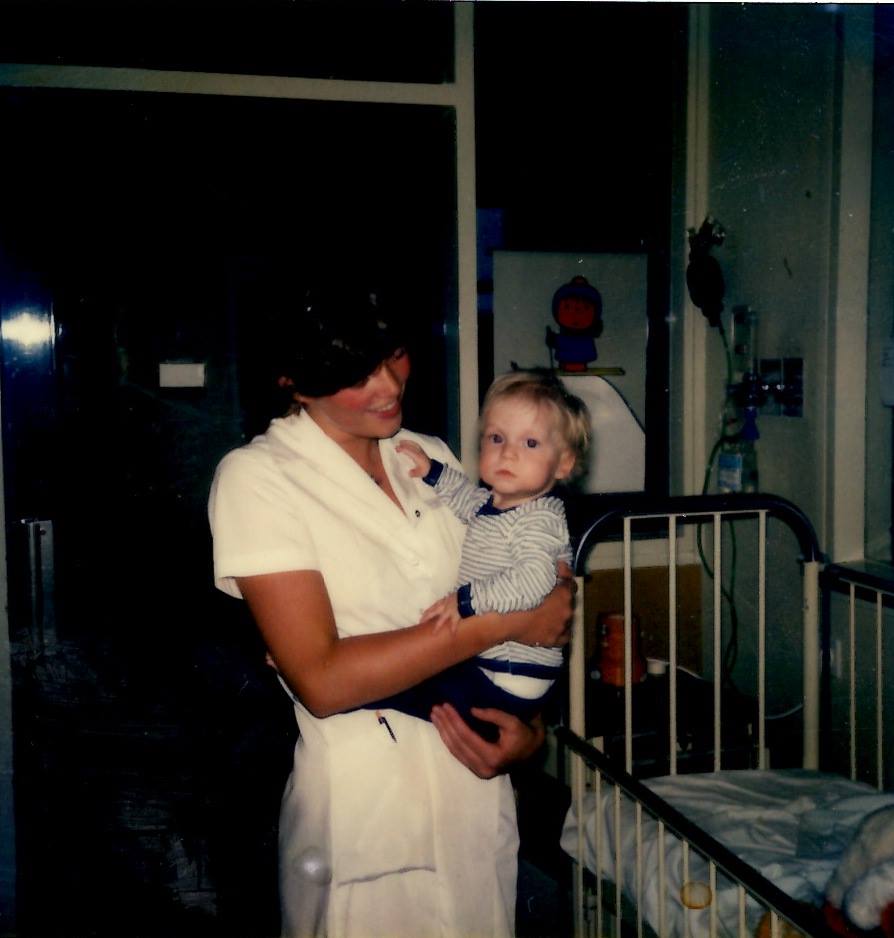The American Society of Heating, Refrigerating, and Air Conditioning Engineers (ASHRAE) is an ANSI-accredited continuous-maintenance standards developer (a major contributor to what we call a regulatory product development “stream”). Continuous maintenance means that changes to titles in its catalog can change in as little as 30-45 days. This is meaningful to jurisdictions that require conformance to the “latest” version of ASHRAE 90.1
Among the leading titles in its catalog is ASHRAE 90.1 Energy Standard for Sites and Buildings Except Low-Rise Residential Buildings. Standard 90.1 has been a benchmark for commercial building energy codes in the United States and a key basis for codes and standards around the world for more than 35 years. Free access to ASHRAE 90.1 version is available at the link below:
READ ONLY Version of 2022 ASHRAE 90.1
If you cannot access it with the link above, try the link below and select 90.1 from the title list:
Current Popular ASHRAE Standards and Guidelines
Chapter 9: Lighting, begins on Page 148, and therein lie the tables that are the most widely used metrics (lighting power densities) by electrical and illumination engineers for specifying luminaires and getting them wired and controlled “per code”. Many jurisdictions provide access to this Chapter without charge. Respecting ASHRAE’s copyright, we will not do so here but will use them during today’s Illumination Colloquium, 16:00 UTC.
Keep in mind that recently ASHRAE expanded the scope of 90.1 to include energy usage in the spaces between buildings:
25 January 2023: Newly Released ASHRAE 90.1-2022 Includes Expanded Scope For Building Sites
At this time, there are no redlines open for public comment
Online Standards Actions & Public Review Drafts
Education industry facility managers, energy conservation workgroups, sustainability officers, electric shop foreman, electricians and front-line maintenance professionals who change lighting fixtures, maintain environmental air systems are encouraged to participate directly in the ASHRAE consensus standard development process.
We also maintain ASHRAE best practice titles as standing items on our Mechanical, Water, Energy and Illumination colloquia. See our CALENDAR for the next online meeting; open to everyone.
Issue: [Various]
Category: Mechanical, Electrical, Energy Conservation, Facility Asset Management, US Department of Energy, #SmartCampus
Colleagues: Mike Anthony, Larry Spielvogel, Richard Robben
Under Construction: ASHRAE WORKSPACE
More:
US Department of Energy Codes Program: Power and Lighting
N.B. We are knocking on ASHRAE’s door to accept proposals for reducing building interior power chain energy and material waste that we cannot persuade National Electrical Code committee to include in the 2026 revision of the National Electrical Code.



